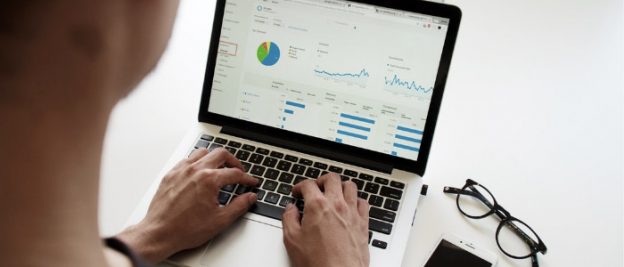Vesta Smart Packaging will tell you who your customers are, how they use your product and how you can build a relationship with them. This is part 1 of a 3 part blog explaining how we can help the environment while also improving your business performance.
In case people have missed it, there was a high-profile election last week. Many things have come up in the fallout of that election, not least that yet again the polls were a long way off.
Biden was projected to win by 8-9%, yet it appears that the actual lead will be around half that. US polling agencies spend a FORTUNE getting people to say who they’ll vote for and once again, as happened in 2016, we see that simply asking people what they’re going to do is not the most effective way of predicting what they will do.
A little context before I go further: I have spent a significant proportion of my professional life involved in research. Primary, secondary and digital research have been major parts of my consulting career. I’ve got a lot of love for research and think that when done properly it can be a superb tool, but times are changing. Over the last decade the disappearance of the phone as a primary communications channel has complicated research design. If you look at the activities of some of the more technologically savvy politicians (see AOC’s appearance on Twitch), it should be obvious that a research approach needs to evolve to meet the reality of voters.
Manufacturers also spend heavily on research, and with good reason. What smell, texture or flavour do customers like? What kind of design do they favour? What price will they pay?
These are all good questions, and deserving of investment, but is this falling into the same trap as the election polling questions? Is simply asking people the best we can do? Back when I was working as a consultant and researcher, my team developed an NLP approach to segment conversations on review sites to try and get feedback for our brands very cheaply. We were able to take thousands of review scores and programmatically translate them into themes to communicate back to the brands. That was an improvement certainly, but Vesta takes this one further. We measure what amount of a product people have and use in order to make sure they don’t run out. But this data provides much, much more than just when to send a refill. What time of day is the product used? Is it used more when it rains? After an advert on TV? Does an uptick in usage tell us something? Does a cessation of usage tell us something?
The bad news for brands is that a more complex communications environment is going to make understanding people more difficult. One data source will not answer every question and we must evolve research strategies to match. The good news is that for product manufacturers who have never had an easy path to understanding their customers, Vesta Smart Packaging provides a brand new data source to help them deliver an experience their end users will truly value.
Get in touch to find out more – you might find that trialling with us is a more productive use of a research budget than putting another poll in the field.
